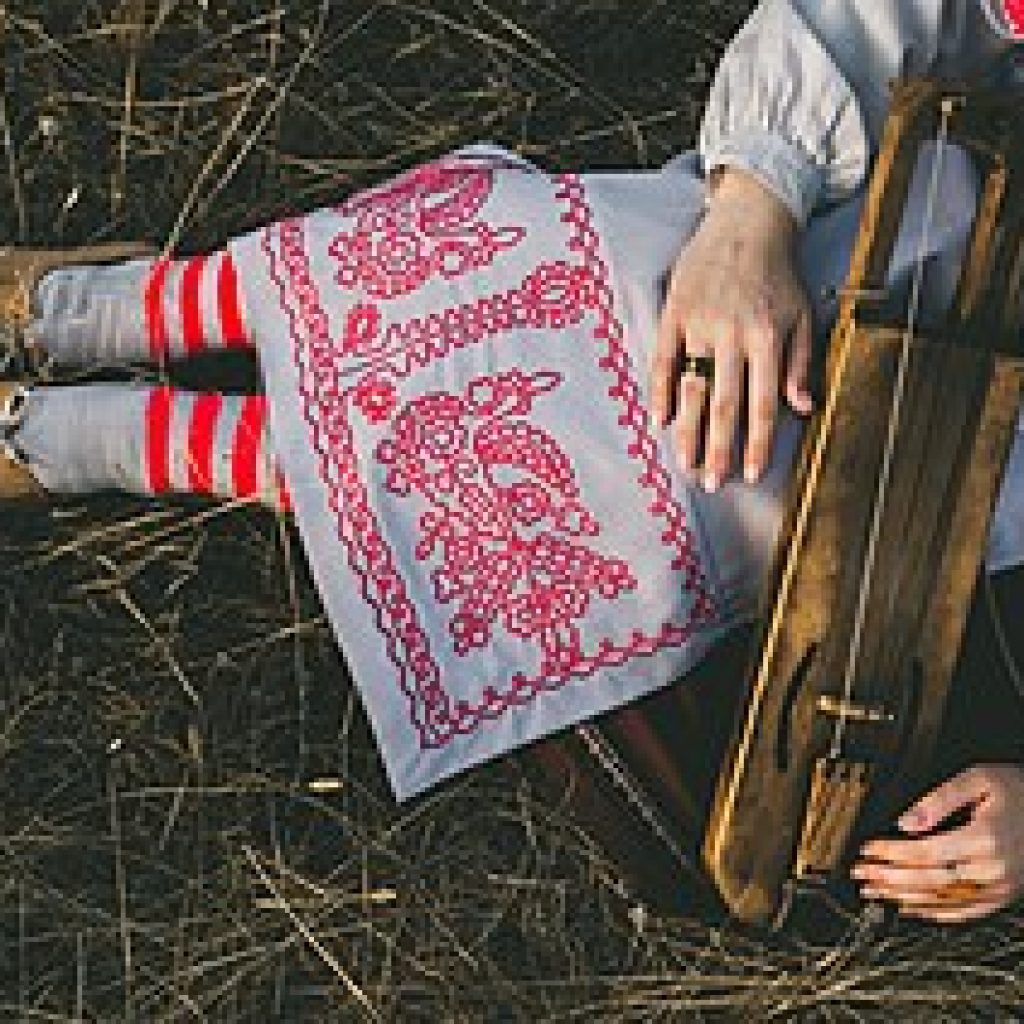The Jouhikko
The jouhikko is a member of the string instrument family. It orignates from Finland and was invented in the 14th century. It is sometimes referred to as the jouhikannel or jouhikantele.

R.o.t, CC BY-SA 4.0, via Wikimedia Commons




